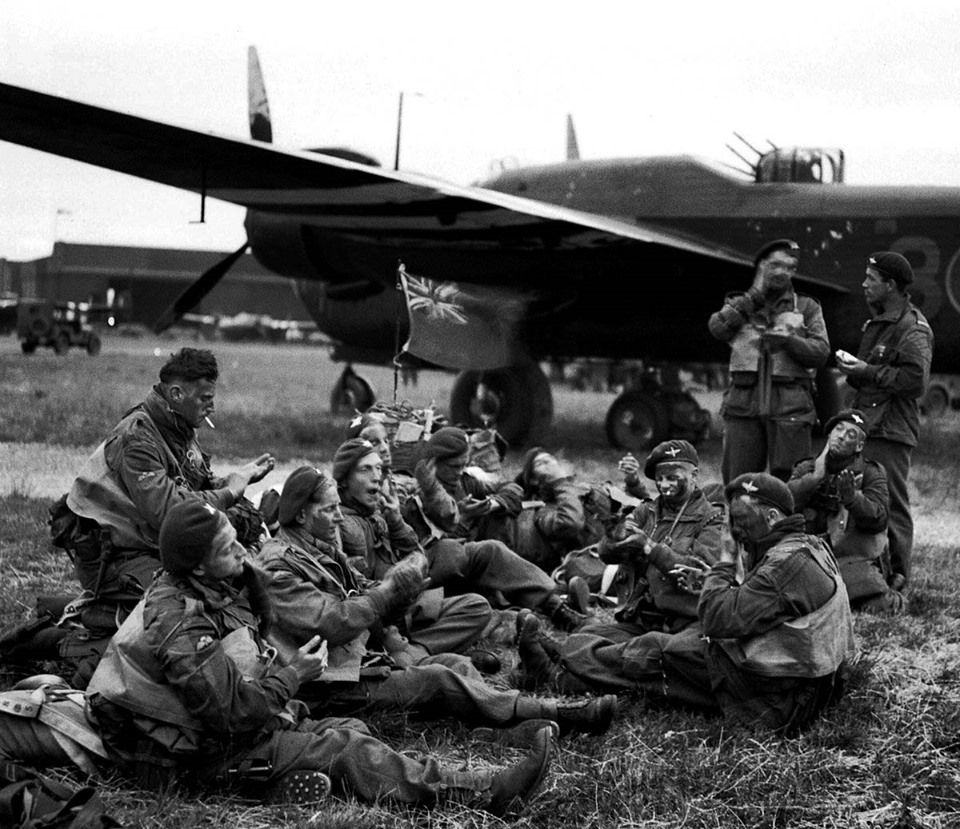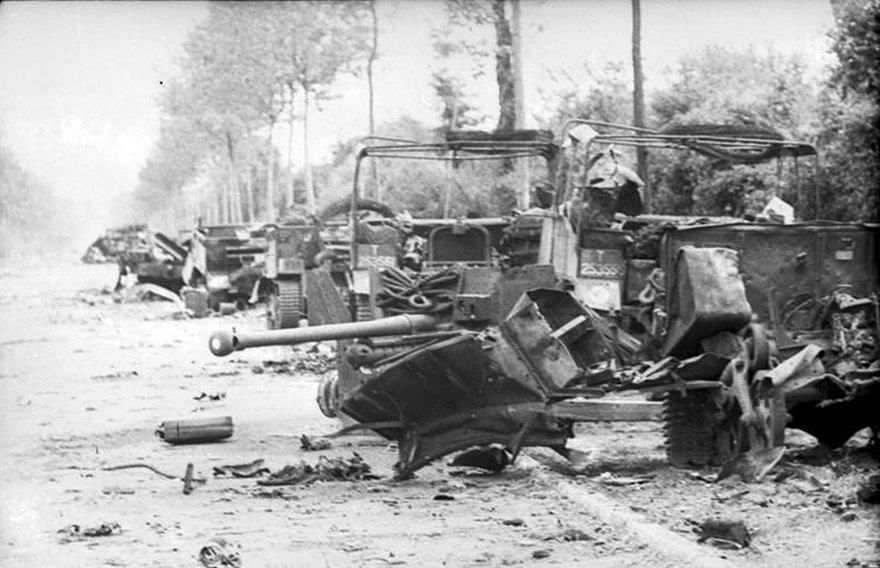13th June 1944: London;
The V1 Flying Bomb, ( Hitler’s Vergeltungswaffe 1, Vengeance Weapon 1) known by The Allies as Buzz Bombs or Doodlebugs was an early cruise missile & the only production aircraft to use pulsejet for power.
The Wehrmacht started launching the V1’s in mid 1944. A total of 9,521 were fired at London & the South East Coast, the first hitting London, next to a railway bridge, on Grove Road, Mile End, on 13th June 1944, killing 8 civilians. The last V1 hit the UK in October 1944, when the sites were overrun by the advancing Allies, after which they targeted Belgium, until 29th March 1945.
Several methods were incorporated to Destroy the V1’s, Anti-aircraft guns & Barrage Balloons being two of them. The Third was the Interceptor, (Fighter Aircraft). Early attempts to Intercept the V1’s often failed, but improved techniques soon emerged. One of these was the use of airflow over the Interceptors Wing to raise one wing of the V1, by sliding the wingtip to within 6 inches (15cm) of the lower surface of the V1’s wing, (as shown in photographs below)
When properly executed, this manoeuvre would tip the V1’s wing up, thereby overriding the gyro & sending the V1 into an out of control dive. At least 16 V1’s were destroyed this way, the first by Major R E Turner, of 356th Fighter Squadron on the 18th June 1944;
The total number of casualties inflicted by the V1’s was 22,892.

















